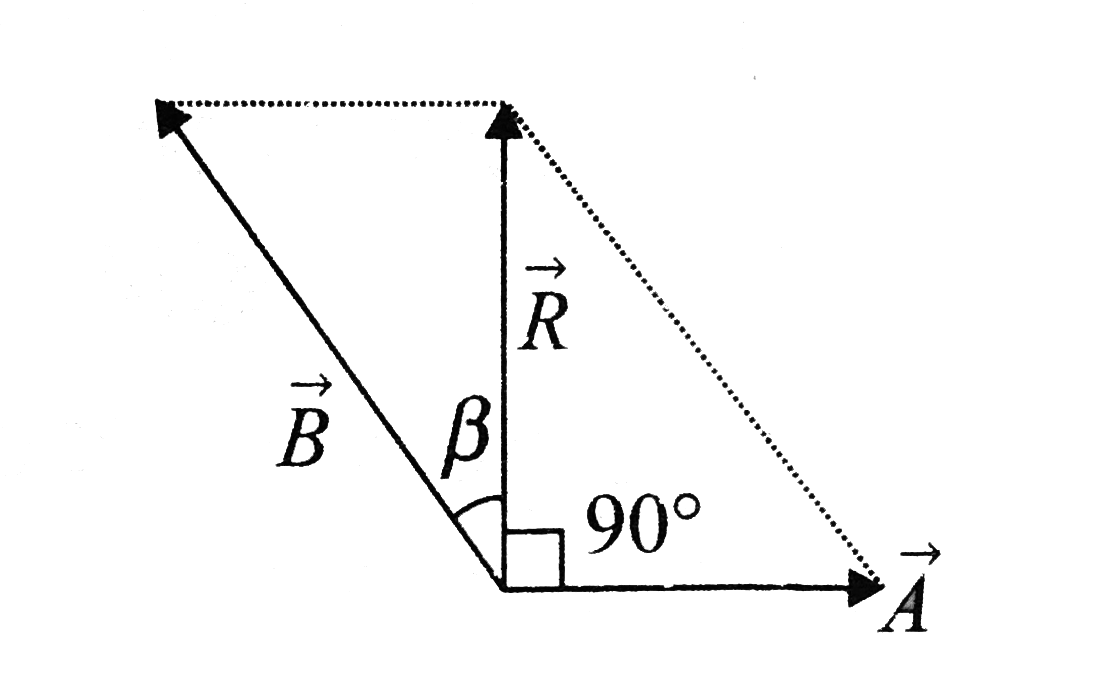Let the angle between two nonzero vectors →A and →B be 120∘ and its resultant be →C.Solution in Telugu
C must be equal to |A-B|
C must be less than | A - B|
C must be greater than |A-B|
C may be equal to |A - B|
The correct Answer is:C
Step by step video, text & image solution for Let the angle between two nonzero vectors vec(A) and vec(B) be 120^(@) and its resultant be vec(C). by Physics experts to help you in doubts & scoring excellent marks in Class 12 exams.
Updated on:21/07/2023Similar Questions
दो वेक्टरो →A और →B का परिणामी वेक्टर →A पर अभिलंबवत है तथा इसका परिमाण वेक्टर →B के परिमाण का आधा है वेक्टरो →A तथा →B के बीच कोण ज्ञात कीजिये ।
View SolutionLet →a,→band→c be three vectors such that →a+→b+→c=0and|→a|=10,∣∣→b∣∣=6and|→c|=14.
What is the angle between →aand→b?
View SolutionThe resultant of two vectors vec A and vec B is perpendicular to the vector vec A and its magnitude is equal to half the magnitude of vector vec B . What is the angle between vec A and vec B ?
View SolutionThe resultant of two vectors →A and →B is perpendicular to the vector →A and its magnitude is equal to half of the magnitude of vector →B (figure). The angle between →A and →B is

View SolutionLet →a and →b be two unit vectors and θ is the angle between them. Then →a+→b is a unit vector if :
View SolutionThe vectors →Aand→B are such that ∣∣→A+→B∣∣=∣∣→A−→B∣∣ . The angle between the two vectors is
View Solutionयदि →a,→b और →c तीन अशून्य सदिश है | इस प्रकार →a.→b=→a.→c, तब
View SolutionLet the angle between two nonzero vectors vec(A) and vec(B) be 120^(@) and its resultant be vec(C) .
View Solution
